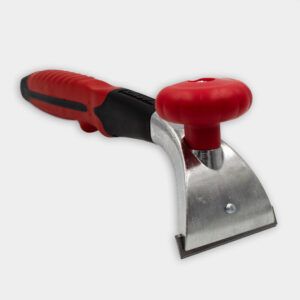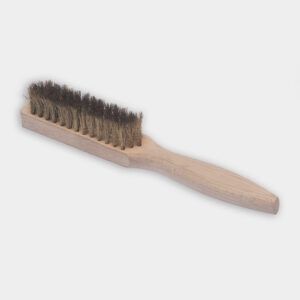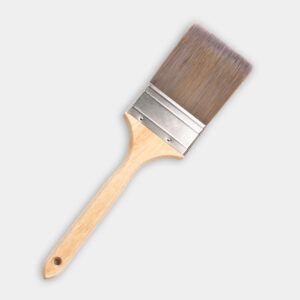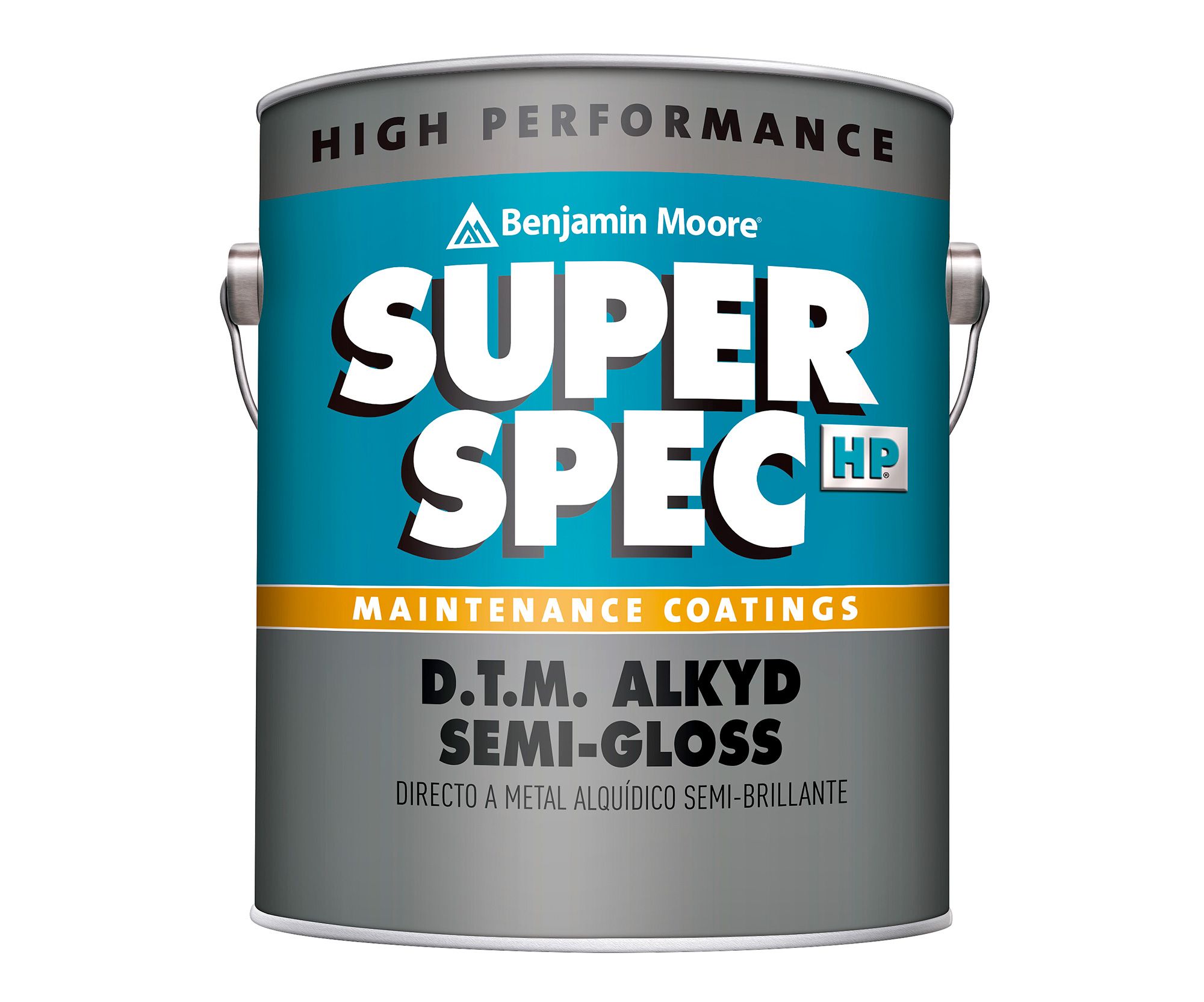We may be compensated if you purchase through links on our website. Our team is committed to delivering honest, objective, and independent reviews on home products and services.
Project details
Skill
Cost
Estimated Time
A rusty metal handrail can be a major eyesore, but with the right tools and techniques, you can revive one in a few hours. In the video above, This Old House painting expert Mauro Henrique shows how to transform an old, rusty railing into a sleek, durable fixture.
Testing Metal Rail for Lead Paint
Always test for lead paint before beginning any painting project on older structures, especially in homes built before 1978. Lead paint poses significant health risks, particularly to children and pregnant women.
How To Test for Lead Paint
For this project, Mauro used Lead Check Instant Lead Test, which is manufactured by 3M. Follow these steps to test for lead paint:
- Buy a lead testing kit from a local hardware store or home center.
- Carefully scrape a small area of the railing to expose all layers of paint. Make sure to get all the way down to the base layer.
- Follow the instructions on the lead test kit to check for lead content.
- Verify the test’s accuracy using the provided test card.
If lead is detected, follow the EPA’s guidelines for “Steps to Lead Safe Renovation, Repair, and Painting.” Lead removal may require specific steps, such as sealing off the area and using specialized equipment. This Old House general contractor Tom Silva outlines some of these safety steps in the video above.
Preparing the Work Area for Your Painting Project
If your railing tests negative for lead, start by prepping your workspace to protect surrounding areas from paint and debris:
- Lay drop cloths beneath the railing and on nearby surfaces.
- Remove any nearby objects that could be damaged during the painting process.
- Ensure adequate ventilation in the work area to disperse fumes.
Tools for Rust and Paint Removal
Next, gather these tools and materials. They can all be found at home centers.
- 150-grit sandpaper
- Dry scrubbing pad
- Eye protection
- Paint scraper
- Protective gloves
- Wire brush
Removing Rust and Old Paint
The first step is to remove the rust and old paint. This helps you get a smooth, long-lasting finish on your metal handrail.
Steps for Removing Rust and Paint
- Use a paint scraper on flat surfaces to remove loose paint and rust.
- Switch to a wire brush for curved areas and hard-to-reach spots.
- Clean the surface with a dry scrubbing pad to remove dust and debris.
- Sand the entire railing with 150-grit sandpaper to smooth any remaining rough spots.
Safety is crucial during this step. Wear gloves and eye protection to safeguard against irritation-causing dust and debris.
Cleaning the Railing
A clean surface will help the paint properly adhere. In the video, Henrique demonstrates effective cleaning techniques to get the railing ready for priming:
- Dampen a rag with mineral spirits.
- Thoroughly wipe down the entire railing to remove any remaining dust or residue.
- Allow the railing to dry completely before moving on to priming.
Priming the Metal Railing
A high-quality primer protects the metal and helps the topcoat adhere properly. It also acts as a protective layer against rust. For this project, Henrique used Rusty Metal Primer, which is manufactured by Rust-Oleum.
Choosing the Right Primer
Select an oil-based primer specifically designed for metal surfaces. These primers often include rust-inhibiting properties for added protection.
Applying the Primer
Follow these steps to apply the primer:
- Pour the primer into a paint tray.
- Use a 4-inch fabric roller to apply the primer evenly across the railing.
- Switch to a paintbrush for hard-to-reach areas and intricate details.
- Allow the primer to dry completely according to the manufacturer’s instructions.
Applying the Topcoat to the Metal Hand Rail
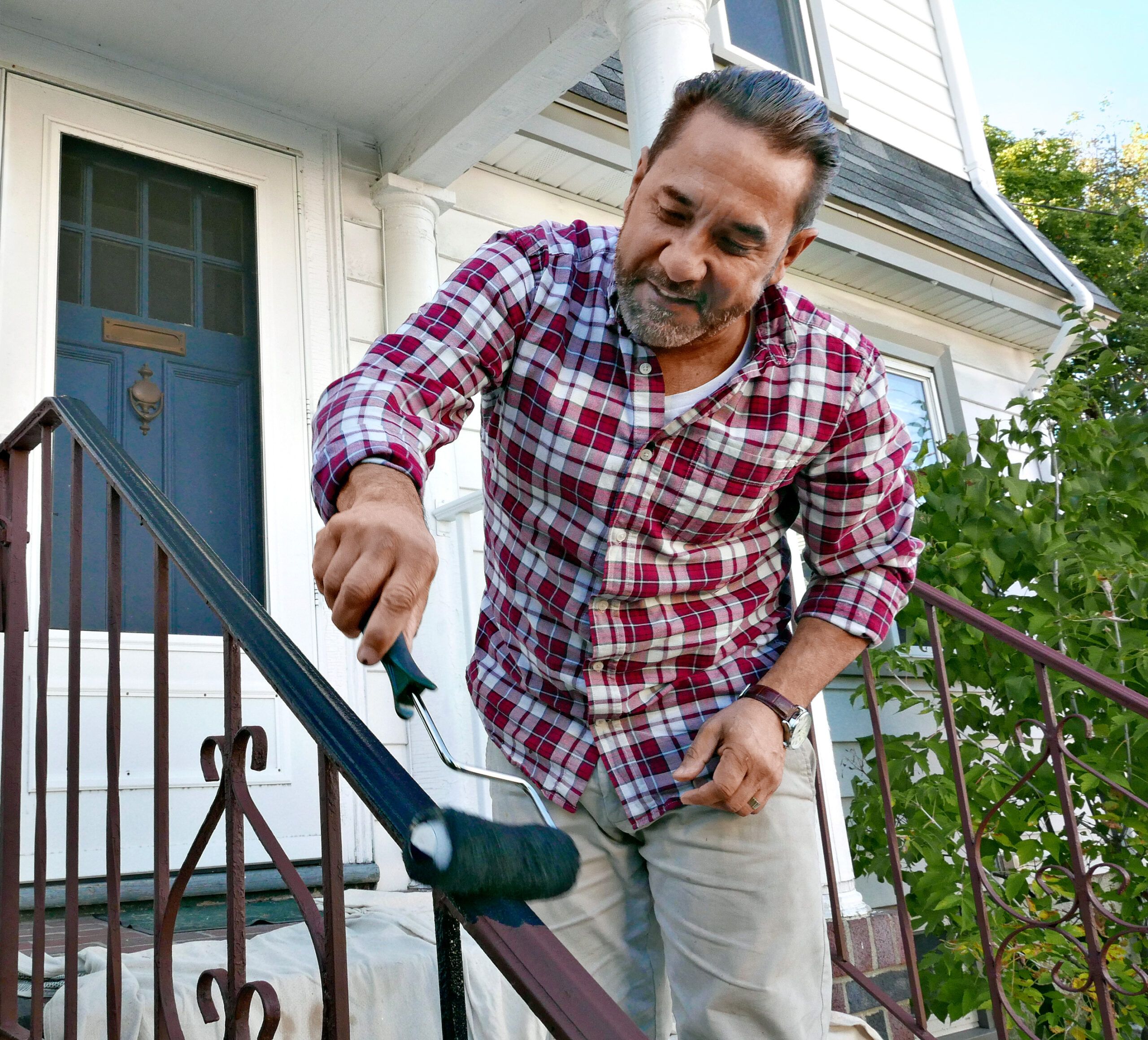
Selecting the Right Paint
Choose a high-gloss DTM (direct-to-metal) paint for the best results. These paints are specifically formulated to adhere well to metal surfaces and are very durable. Henrique used Corotech High Performance acrylic gloss DTM paint in Black V330-80, which is manufactured by Benjamin Moore.
Painting Process
Follow these steps to apply your topcoat:
- Pour the DTM paint into a clean paint tray.
- Use a 4-inch fabric roller to apply the paint evenly across the railing.
- Use a paintbrush for areas the roller can’t reach effectively.
- Apply two coats of paint, allowing proper drying time between coats.
Use smooth, even strokes for a professional-looking finish.
Maintaining Your Newly Painted Railing
You’ll need to maintain your railing to keep it rust-free and shiny. Follow these tips:
- Inspect regularly: Inspect the railing frequently for signs of wear or damage.
- Touch-up quickly: Touch up scratches or chips promptly to prevent rusting.
- Clean gently: Clean the railing regularly with a mild detergent and water solution.
- Repaint as needed: Apply a fresh coat of paint every few years or as needed. In the video, Henrique makes sure he has extra paint at the end of the project so that future touch-ups will match the rest of the handrail.
Additional Maintenance Steps
Consider applying a clear sealant over the topcoat for additional protection against weather and daily wear. This extra layer will make maintenance easier and the paint more durable.
Professional Advice
Consult a professional if you notice persistent rust spots or if the paint begins to peel prematurely. Sometimes professional intervention can prevent more significant problems and ensure that your railing remains in excellent condition.
